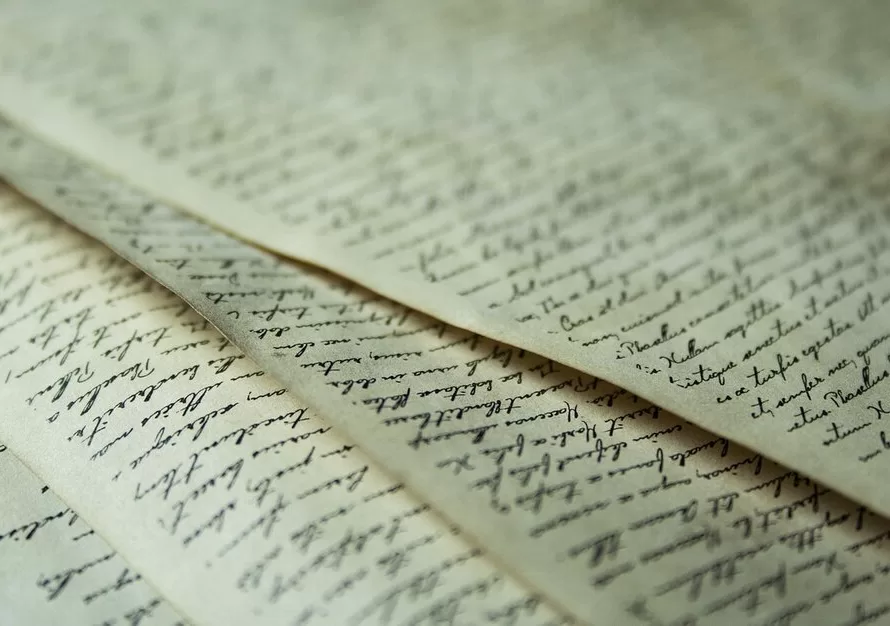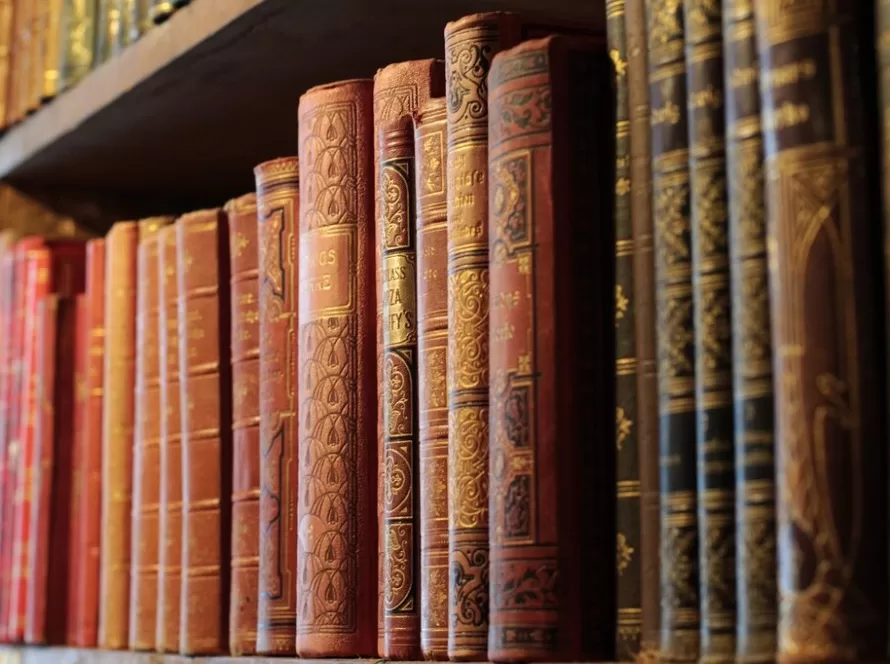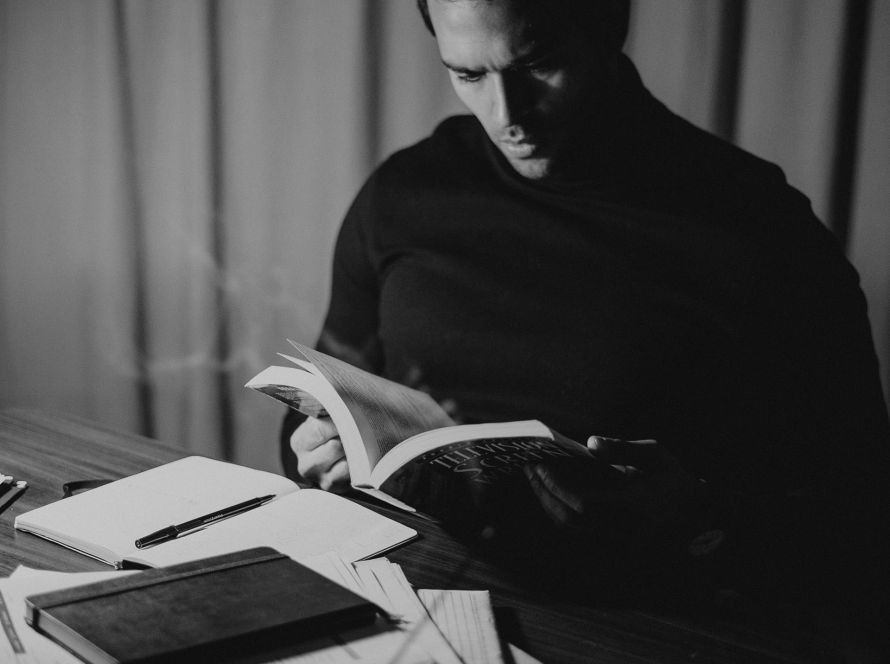The Intriguing World of Magical Realism
This is where reality and fantasy intertwine. And the ordinary becomes extraordinary. Welcome to the enchanting realm of magical realism. In this article, we will study the wonders and intricacies of this unique literary genre that blends the fantastical with reality. Creating a mesmerizing tapestry of imagination and truth.
Put yourself in a universe where mythical creatures roam the streets of everyday life. Where dreams and nightmares intertwine seamlessly with the mundane. Where the laws of nature are both obeyed and defied. Magical realism takes us beyond the boundaries of traditional storytelling. Inviting us to question our perception of reality and embrace the extraordinary hidden within the ordinary.
Throughout this enthralling exploration. We will delve into the origins and characteristics of magical realism. Discovering how it has intrigued audiences across the globe. From the works of Gabriel García Márquez to Salman Rushdie. This genre has presented us with unforgettable tales that transcend the boundaries of conventional literature.
Join us as we venture into the realm of magical realism. As reality and fantasy converge, the ordinary is transformed into something truly extraordinary. Get ready to be spellbound as we unravel the enchantment that lies within this awesome genre.
What is magical realism?
Magical realism is a literary genre that blurs the line between reality and fantasy. Seamlessly blending magical elements with the ordinary. Unlike traditional fantasy or science fiction. Where the imaginary elements are presented as separate from reality. Magical realism presents the supernatural as an inherent part of everyday life. This genre challenges our understanding of reality and invites us to question the boundaries between the natural and the fantastical.
In magical realism, the magical and the mundane coexist. Creating a sense of wonder and enchantment. It allows for the extraordinary to be woven into the fabric of the ordinary. Giving rise to a unique narrative experience. Magical realism often incorporates elements of folklore, mythology, and legends. Enriching the storytelling with cultural and historical depth.
Characteristics of Magical Realism Literature
Magical realism is characterized by several key features that distinguish it from other genres. One of the defining characteristics is the presence of magical elements within a realistic setting. These magical elements are presented matter-of-factly. Without explanation or justification, as if they were a natural part of the world. This blurring of the boundaries between reality and fantasy. Creates a sense of ambiguity and leaves room for interpretation.
Another characteristic of magical realism is the emphasis on vivid and sensory descriptions. Magical realist writers often use rich and evocative language to bring the world to life. Immersing the reader in a sensory experience. This attention to detail contributes to the overall enchanting atmosphere of the genre.
Furthermore, magical realism often explores themes of identity, memory, and the human condition. It delves into the complexities of human emotions and relationships. Intertwining them with magical elements to illuminate deeper truths about the world we live in.
Origins of magical realism
Magical realism has its roots in Latin American literature. Particularly in the works of writers such as Gabriel García Márquez and Jorge Luis Borges. These authors drew inspiration from the rich cultural traditions. And mythologies of their respective countries, infusing their writing with a sense of magical realism.
Gabriel García Márquez’s seminal novel, “One Hundred Years of Solitude.” Is often considered one of the defining works of magical realism. Set in the fictional town of Macondo, the novel tells the story of the Buendía family over several generations. Blending magical elements with historical events to create a surreal and alluring narrative.
Jorge Luis Borges known for his complex and labyrinthine stories. Also contributed to the development of magical realism. His works, such as “The Library of Babel” and “Ficciones,” explore themes of reality. Perception, and the nature of storytelling, often blur the line between fact and fiction.
Famous magical realism authors and their works
In addition to Gabriel García Márquez and Jorge Luis Borges, numerous other authors have made significant contributions to the world of magical realism. Salman Rushdie, in his novel “Midnight’s Children,” combines magical elements with historical events to create a vivid and enchanting narrative. Isabel Allende, known for works such as “The House of the Spirits,” infuses her writing with elements of magical realism, exploring themes of family, love, and political upheaval.
Laura Esquivel’s “Like Water for Chocolate” blends magical realism with themes of food, love, and tradition, creating a sumptuous and sensory reading experience. Other notable authors include Haruki Murakami, with his dreamlike and surreal novels, and Toni Morrison, who incorporates elements of magical realism in works such as “Beloved.”
The blurred line between reality and fantasy in magical realism
One of the most interesting aspects of magical realism is the way it blurs the line between reality and fantasy. In this genre, the magical and the mundane coexist seamlessly, challenging our perception of what is real and what is imagined. This blending of the two worlds creates a sense of wonder and enchantment, inviting us to explore the hidden depths of our reality.
It often presents fantastical elements as if they were a natural part of the world, without providing explanations or justifications. This lack of a clear distinction between the real and the imaginary allows for multiple interpretations and encourages readers to engage with the text on a deeper level.
Through the blurred line between reality and fantasy, magical realism encourages us to question our understanding of the world and to embrace the extraordinary within the ordinary. It invites us to see the magic and wonder in everyday life, reminding us that reality is not always as it seems.
Symbolism and allegory in the realism genre
Symbolism and allegory play a significant role in the genre, adding layers of meaning to the narrative. The use of symbols and allegorical elements allows writers to explore complex themes and ideas in a way that goes beyond the literal.
In this genre, symbols are often used to represent abstract concepts or deeper truths. For example, in Gabriel García Márquez’s “One Hundred Years of Solitude,” the Buendía family’s names are often symbolic of their personalities or their roles within the family. The character of Remedios the Beauty, who ascends to heaven, can be seen as a symbol of purity and innocence.
Allegory, on the other hand, involves using a story or a character to represent a larger idea or social commentary. Salman Rushdie’s “Midnight’s Children” can be interpreted as an allegory for the political and social changes taking place in India. Through the use of allegory, magical realist writers can explore complex themes and ideas in a way that is both imaginative and thought-provoking.
Themes in Magical Realism Literature
The genre explores a wide range of themes, often delving into the complexities of human emotions, relationships, and societal issues. One recurring theme is the nature of reality and perception. By blurring the line between reality and fantasy, realism challenges our understanding of what is real and what is imagined, inviting us to question our perception of the world.
Another common theme in magical realism is the exploration of identity and the human condition. Magical realist writers often depict characters who are caught between different worlds or who struggle with their sense of self. These characters are often on a quest for self-discovery and personal growth, navigating the boundaries between the real and the fantastical.
Furthermore, magical realism often addresses social and political issues, using fantastical elements to shed light on real-world problems. By presenting these issues in a magical context, writers can approach them from a fresh and imaginative perspective, encouraging readers to reconsider their own beliefs and assumptions.
The impact on contemporary literature and art
The genre has had a profound impact on contemporary literature and art, influencing writers, filmmakers, and visual artists across the globe. Its unique blend of reality and fantasy has inspired countless works that challenge traditional storytelling conventions and push the boundaries of imagination.
In literature, the influence of magical realism can be seen in the works of authors such as Haruki Murakami, who creates dreamlike and surreal narratives that defy categorization. In film, directors like Guillermo del Toro and Alejandro González Iñárritu have incorporated elements of realism into their storytelling, creating visually stunning and emotionally resonant films.
Magical books have also influenced visual artists, who have embraced the genre’s sense of wonder and enchantment. Artists like Remedios Varo and Frida Kahlo have incorporated magical elements into their artworks, creating captivating and surreal imagery.
Overall, it has expanded the possibilities of storytelling and art, encouraging artists to explore new realms of imagination and pushing the boundaries of what is considered possible.
Criticisms and controversies surrounding the genre
While realism has gained widespread acclaim and popularity, it has also faced its fair share of criticisms and controversies. One criticism is that it can be seen as a form of escapism. Allowing readers to avoid confronting real-world issues and problems. Critics argue that by presenting social and political issues in a fantastical context. This may dilute the urgency and impact of these problems.
Another criticism is that it can sometimes be difficult to define and categorize. Its blend of reality and fantasy can make it challenging to pinpoint its exact characteristics, leading to debates and disagreements among scholars and critics.
There have also been controversies surrounding the cultural appropriation of magical realism. As a genre rooted in Latin American literature, some argue that the widespread adoption of magical realism by writers from other cultural backgrounds may diminish its cultural significance and authenticity.
However, despite these criticisms and controversies, magical realism continues to captivate readers and inspire artists around the world. Its ability to blend the magical with the ordinary, to challenge our perception of reality, and to explore complex themes and ideas, ensures that it remains a powerful and enduring genre.
The enduring allure
The genre invites us to step into a world where reality and fantasy intertwine. Where the ordinary becomes extraordinary. This helps us understand what is real and what is imagined. Encouraging us to see the magic and wonder in everyday life. Through vivid descriptions, symbolism, and allegory. It explores complex themes and ideas, inviting us to question our own beliefs and assumptions.
From the works of Gabriel García Márquez and Salman Rushdie to the films of Guillermo del Toro. Realism has left an indelible mark on literature and art. Its enduring allure lies in its ability to transport us to otherworldly realms while still illuminating deeper truths about our reality.
So, venture into the realm, where reality and fantasy converge, and the ordinary is transformed into something truly extraordinary. Join us on this enchanting journey and discover the compelling allure of a genre that continues to mesmerize readers across the globe.













































































































